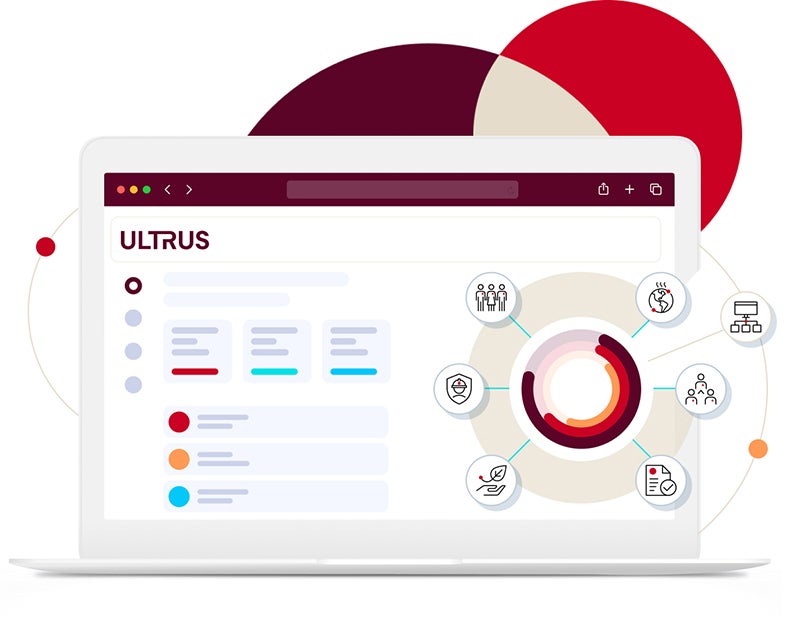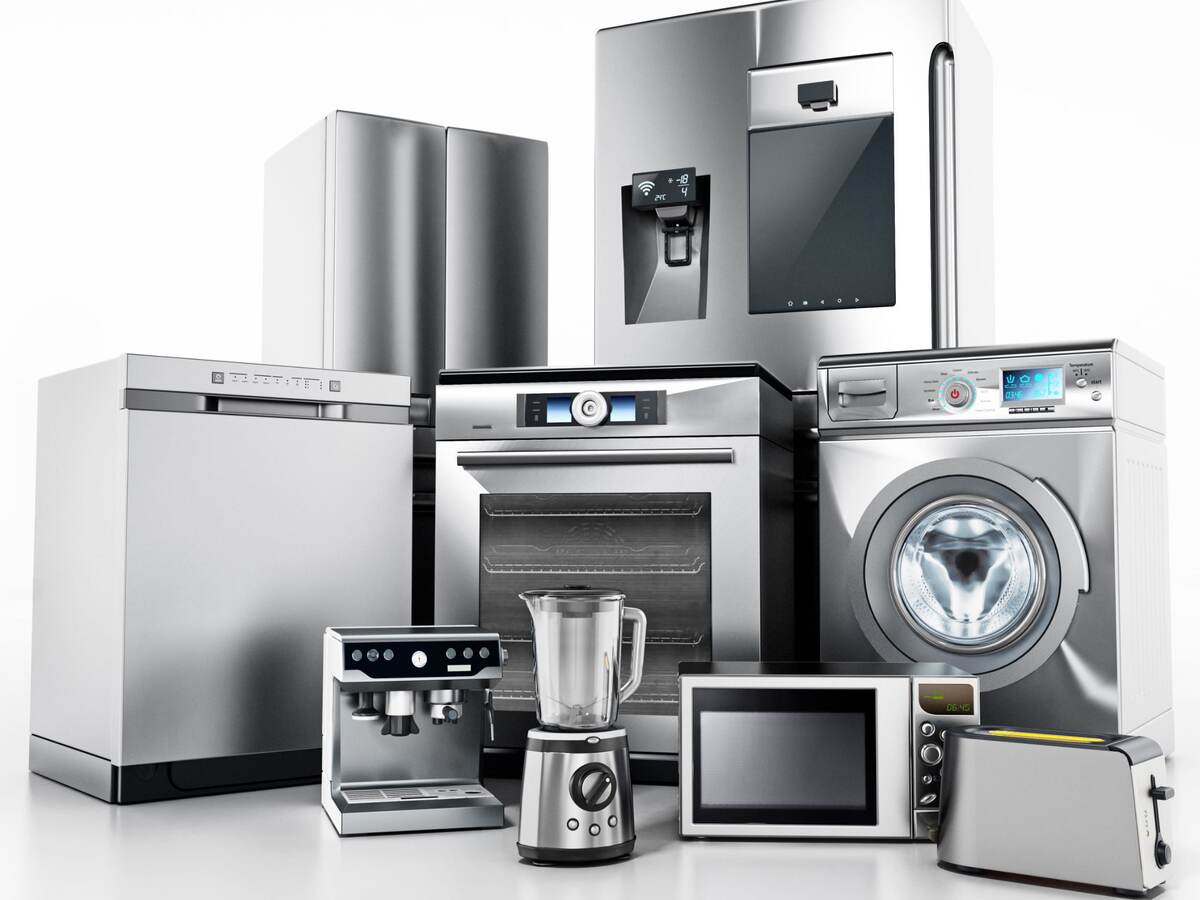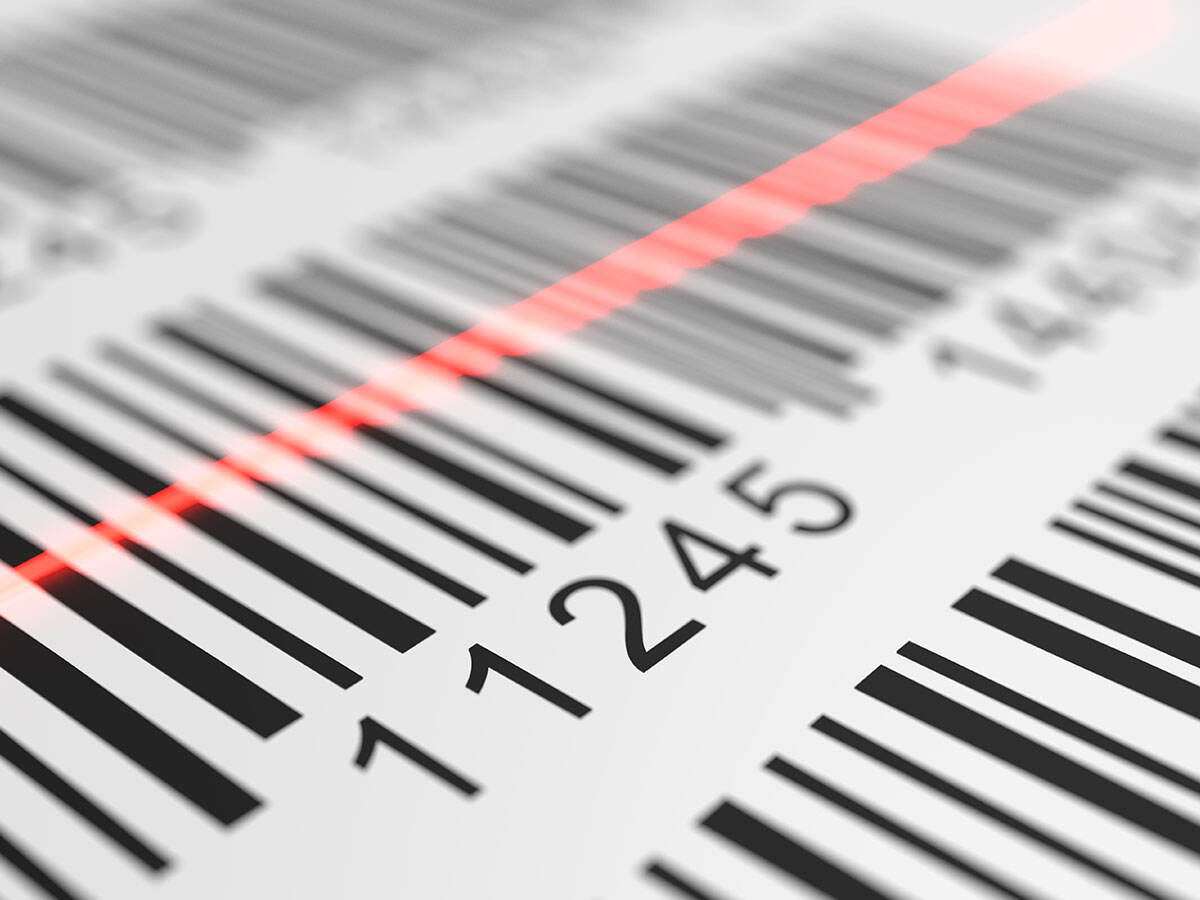
Expand into GCC markets with confidence
If you’re planning to sell electrical appliances, children’s toys or water fixtures in the Gulf Cooperation Council (GCC) region, understanding and complying with local regulations is essential. The Gulf Technical Regulations for Low Voltage Electrical Equipment and Appliances (BD-142004-01), Children Toys (BD131704-01) and Water-Consumption Conservation Products (MC-230503-01) mandate that certain products must meet strict safety, electromagnetic compatibility (EMC), chemical or water efficiency requirements to be sold in the seven GCC Standardization Organization (GSO) member states:
- Bahrain
- Kuwait
- Oman
- Qatar
- Saudi Arabia
- United Arab Emirates
- Yemen
To enter these markets, covered products must undergo conformity assessment and bear the Gulf Conformity Mark (G-Mark) or Gulf Mark.
What is the Gulf Mark?
The Gulf Mark is a mandatory conformity marking that signals product compliance with the relevant GCC’s Technical Regulations. It is required to be applied on both product and packaging for products subject to mandatory conformity assessment, requiring a Gulf Type Examination Certificate.
Certification must be obtained through a GSO-designated Notified Body, which evaluates product compliance with the relevant essential requirements and issues the Gulf Type Examination Certificate needed to place the product on the market.
Covered product categories
If your products fall under any of the categories listed below, they must comply with the relevant Gulf Technical Regulation and display the G-Mark.
The GSO Low Voltage Technical Regulation includes products in the scope of the 13 categories of household electrical equipment and appliances under List (2), TC143307-01, such as:

Electrical fans
Toasters
Ovens, cookers, cooking plates, boiling rings, grillers and roasters
Refrigerators and freezers
Electric smoothing irons
Air conditioners

Electrothermic hairdressing apparatuses and hand dryers
Electric instantaneous or storage and immersion water heaters

Microwave ovens
Washing machines and clothes dryers
Electric heating appliances
Plugs, socket outlets, adaptors, cord extension sets and chargers
Food grinders, mixers, fruit or vegetable juice extractors

Understanding Gulf Mark Certificate validity and renewal
To initiate the Gulf Mark certification process, manufacturers must submit a complete application along with the required documentation. The application includes product photos, a Declaration of Conformity in both English and Arabic, technical specifications, risk assessment reports and valid test reports.
Products must be tested against the applicable Harmonized Standards in scope of the GSO Technical Regulations, typically aligned with the latest International Electrotechnical Commission (IEC) standards. Test reports must be current — end-of-testing date shall no older than three years since the date of application for certification — and must reflect the product’s compliance with the relevant essential requirements.
GSO-designated Notified Body
A GSO-designated Notified Body issues certificates that are valid as long as the certified product remains unchanged and in compliance with applicable standards. To maintain certification, manufacturers must:
- Register and track their certificates through the GSO’s online system
- Update their certification records if any product changes could impact compliance
- Monitor applicable standard updates and plan for certificate revision if a new edition or amendment is adopted
Harmonized standards adopted by GSO follow a two-year transition period when updated, allowing manufacturers time to adjust and maintain market access without disruption.
Gulf Conformity Tracking System (GCTS) requirements and use
Every G-Mark Certificate includes a Certificate GCTS, which consists of the G-Mark logo, a certificate tracking number and a QR code linked to the product’s conformity documentation. The Certificate GCTS helps authorities verify certification status and traceability throughout the GCC region.
The Certificate GCTS appears on the first page of the G-Mark certificate for easy reference by authorities.
Product GCTS consists of the G-Mark logo and a QR code embedded in a rectangular outer border and must be applied to the product itself, packaging or accompanying documentation. It must remain visible, legible, permanent and scannable by standard QR code readers or smartphone apps.
Product GCTS is different from Certificate GCTS as its QR code is intended for consumers to check the product details in the GSO public product webpage.
Product GCTS labels may be printed in black and white or a contrasting single color that allows the QR code to be clearly read. The color should match the primary ink used on the product packaging, as outlined in GSO labeling guidance.
Additional use conditions include:
- The Product GCTS must be linked to an active certificate approved in the GSO tracking system before a product is placed on the market.
- The Notified Body provides the electronic version of the Product GCTS to the manufacturer or importer after certification approval.
- The Product GCTS must not appear alongside logos from the manufacturer, Notified Body or other marks that could mislead or interfere with its readability.
Following these requirements helps demonstrate conformity and prevents delays at customs or market entry checkpoints across the GCC region.
How UL Solutions can support your access to GCC markets
UL Solutions is a GSO-designated Notified Body, which means we’re authorized to carry out conformity assessment procedures to help you achieve the required certificates for regulated electrical products. Our goal is to simplify the compliance process, allowing you to focus on innovation and business growth rather than navigating complex regulatory systems.
Our Gulf Type Examination Certification services include:
- Product testing according to GSO harmonized standards and essential requirements
- Conformity assessment and product certification according to the relevant Technical Regulation
- Guidance on required documentation, markings and labeling (where applicable)
- Integrated approach and support for multimarket strategies across GSO countries
Why work with UL Solutions?
Faster time to market
We provide a streamlined compliance path that helps reduce bottlenecks and avoid unnecessary delays. Our local experts guide you through each step, helping you avoid common pitfalls that could slow your entry into the GCC region.

Convenience and flexibility
With a global network of laboratories and regulatory professionals, UL Solutions can test your products at a facility that fits your team’s location and timeline.
Trusted technical expertise
Our experienced engineers are well-versed in the nuances of GSO standards, and we stay current on regulatory updates that may impact your product strategy or compliance obligations.
Next steps
Your gateway to Gulf region growth
Expanding to the GCC region opens the door to a consumer base that values safety, reliability and innovation. But success in these markets depends on your ability to meet mandatory technical requirements. UL Solutions' local expertise and in-country support can help you move forward with clarity and confidence.
Whether you’re just beginning to explore the requirements or you’re ready to start the certification process, we can help. Contact us to speak directly with a market access specialist or download the Gulf Conformity Marking brochure to learn more.
Global Market Access
Comprehensive compliance services
Whether you’re interested in reaching one country or multiple markets worldwide, we take an integrated and customized service approach to help you meet all of your product compliance needs.
Gulf Mark FAQs
- What is the difference between the Gulf Mark and the CE marking?
The Gulf Mark applies to products sold in GSO member states and confirms compliance with Gulf Technical Regulations. The CE marking applies to the European Economic Area (EEA). While both indicate conformity, each is based on different regional standards and approval processes.
- How long does the Gulf Mark certification process take?
Timelines can vary depending on product complexity and documentation readiness, but most certifications take four to six weeks. Delays can occur if testing or documents are incomplete. Working with a Notified Body that can offer you support with testing and certification activities can help streamline the process and reduce the time to market.
- What happens if my product doesn't have Gulf Mark certification?
Products that require Gulf Mark certification cannot legally be imported and sold in GSO member states without it. They may be held at customs or removed from the market. Noncompliance can also lead to fines or other penalties.
- Can I use the same test reports for the Gulf Mark that I used for other certifications?
Possibly, if the test reports demonstrate compliance with the applicable Gulf Technical Regulations and are still valid (typically within three years). A GSO-designated Notified Body can assess the status of test reports used for other certifications.
- Which GCC countries require Gulf Mark certification?
The Gulf Mark, or G-Mark, is required in the seven GSO member states: United Arab Emirates, Saudi Arabia, Bahrain, Kuwait, Oman, Qatar and Yemen. Each country enforces the regulations at customs and market entry points. Products within the scope of the Gulf Technical Regulations must be certified before entering any of these markets.
- How does working with a single partner for both testing and certification benefit my project?
Collaborating with UL Solutions for both testing and certification helps streamline your compliance journey by reducing handoffs, minimizing delays and avoiding redundant efforts. This integrated approach helps shorten timelines and lower overall costs while supporting your ability to meet regulatory requirements with confidence.
- What documentation is required for the Gulf Mark application?
Required documents include an application form, a Declaration of Conformity (in both English and Arabic), a technical file, product photos, test reports and supporting documentation. Some products may also need additional authorizations. All documents must be complete and accurate for certification to proceed.
- How do I maintain Gulf Mark certification validity?
Certification must be kept up to date by monitoring product changes and applicable standards. Updates to product design, labeling or applicable regulations may require certificate revision. Renewal is required every three years. Certificates must also be tracked through the GSO online system, Gulf Conformity Tracking System (GCTS).
- Can children's toys and water fixtures use the same Gulf Mark as electrical products?
Yes, but they fall under different Gulf Technical Regulations with their own specific requirements. The marking itself may look similar for children’s toys, while it is embedded in the Green Label for water fixtures. It’s important to follow the correct process for each product category.
- How long is Gulf Mark certification valid?
Gulf Mark certification is valid for three years from the date of issuance. During this period, the product must continue to comply with the applicable Gulf Technical Regulations. If any relevant standards change or the product is modified, an update or recertification may be required sooner.
- What is the renewal process for Gulf Mark certification?
To renew a Gulf Mark certificate, manufacturers must submit an updated application, confirm continued compliance with the latest Gulf Technical Regulations and provide current documentation. Renewal must be completed before the certificate expires to maintain uninterrupted access to the market. Working with a Notified Body can help identify changes and support smooth renewal.
Speak directly with a market access specialist
Let’s work together to get your products ready for the GCC market — efficiently, reliably and with full regulatory confidence.















